Last two weeks we discussed how behavioral design goes much further than the widely used Points, Badges, and Leaderboards.
We discussed how points and badges can be a powerful addition to your design if used right. This week we will talk about how Leaderboards (GT #3) can make an experience more engaging when implemented correctly.

The most common mistake made when designing Leaderboards
Leaderboards (GT #3) is a common Game Technique that is often implemented. Both in explicit gamification (where the user acknowledges they are playing a game), and in implicit gamification (a design that subtly employs gamification techniques into the user experience).
The most common mistake made when designing a Leaderboard, is creating a basic leaderboard. These leaderboards show where the user ranks in a list from the first to the last place. Such leaderboards do motivate, the top 5-10% will compete with each other and often times work hard to climb higher. However, the mid and bottom tier will usually feel demoralized, as they feel there is no point in even trying to reach the top.
Urgent Optimism – Why You Need It
A leaderboard should make all your users feel urgent optimism. This term is from Jane McGonigal (watch her TED talk). Urgent optimism is the desire to act immediately to tackle an obstacle, combined with the belief of having a reasonable shot of success.
When you have many users on a leaderboard, most users will perceive their rank as meaningless, even if it is a high rank percentage-wise. (E.g. rank 582 out of 6,024 is percentage-wise impressive (top 10%), but it does not feel like an accomplishment.) In this scenario, you can choose to only show your users their percentile.
The user should feel that if they try, they can reach the win-state, and that there is urgency so they feel they have to act now. If a user sees that they have 500 points, but the users in the top ten all have 1,000,000 or more points, they are not motivated, they are demoralized. The user will feel like they can never catch up (no urgent optimism) and will give up.
Leaderboard Designs That Do Work
Micro leaderboards show the ranking of the user in their region, or among their friends (a social leaderboard). These kinds of design will instil a sense of optimism (the user can try and will then have a reasonable chance to reach the top of the leaderboard) as well as a sense of urgency (how can I lose from my mother?).
Make sure your leaderboards are refreshing. If a leaderboard exists for a longer period of time, new users who are just starting will feel overwhelmed as they are not able to catch up and will give up.
The top ten users like their status, so show their names. But don’t show their statistics as to not demoralize other users. Instead, only show the statistics of the user herself and the 5 users above and below her.
The thing that really matters, is that the user is motivated to climb higher than those above her on the leaderboard (win-state), and not let those below her catch up.
Got a taste of the things you will learn in Octalysis Prime? Learn more by heading there now and sign up to try the FREE version of Octalysis Prime (no strings attached). Gain access to over 700 videos about Game Techniques and the 8 Core Drives of Octalysis and subjects like Motivational Psychology, Entrepreneurship, Behavioral Economics, Applied Psychology and more!



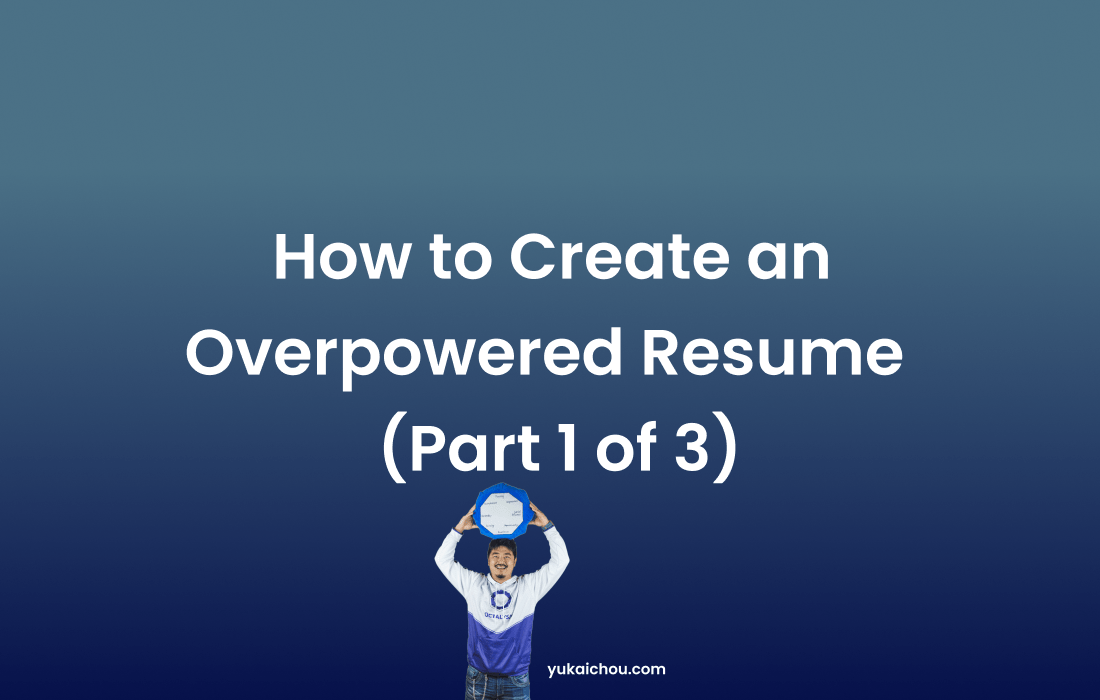
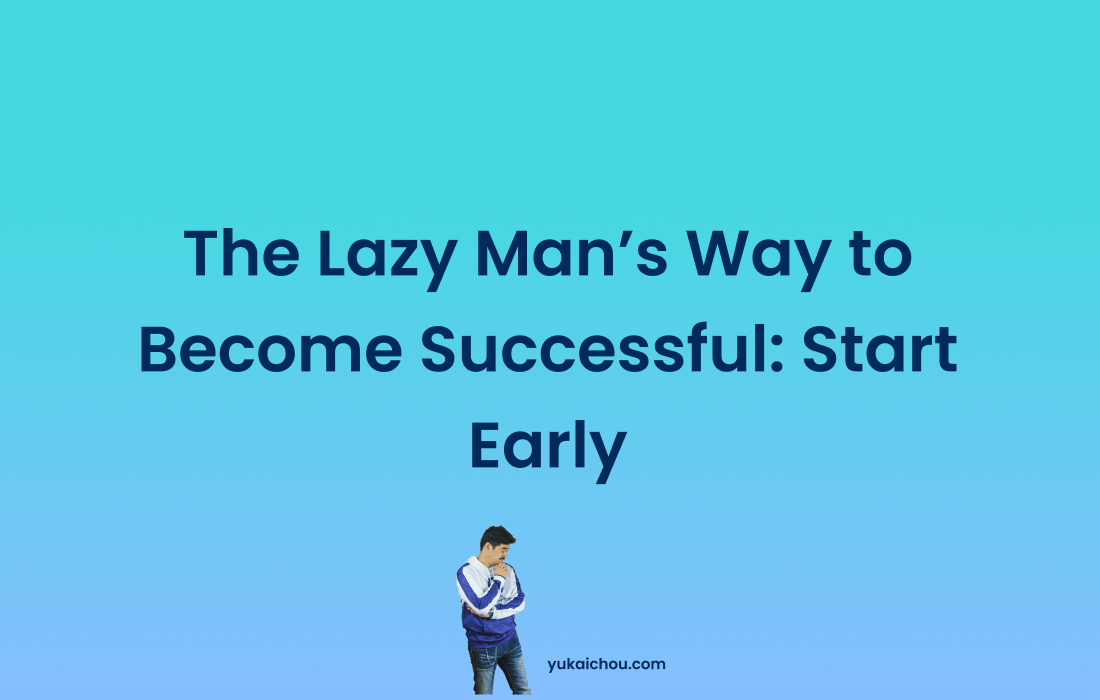
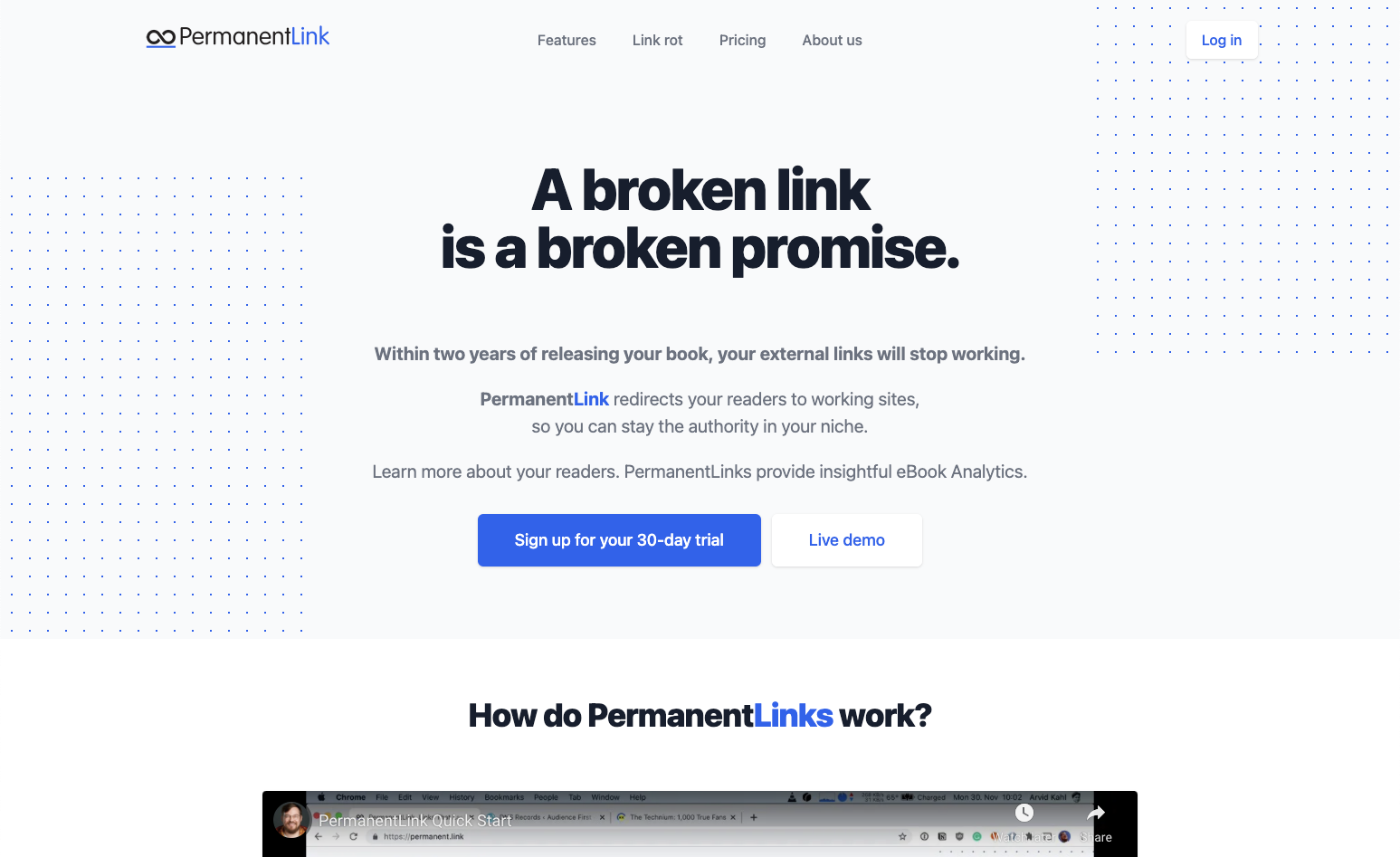

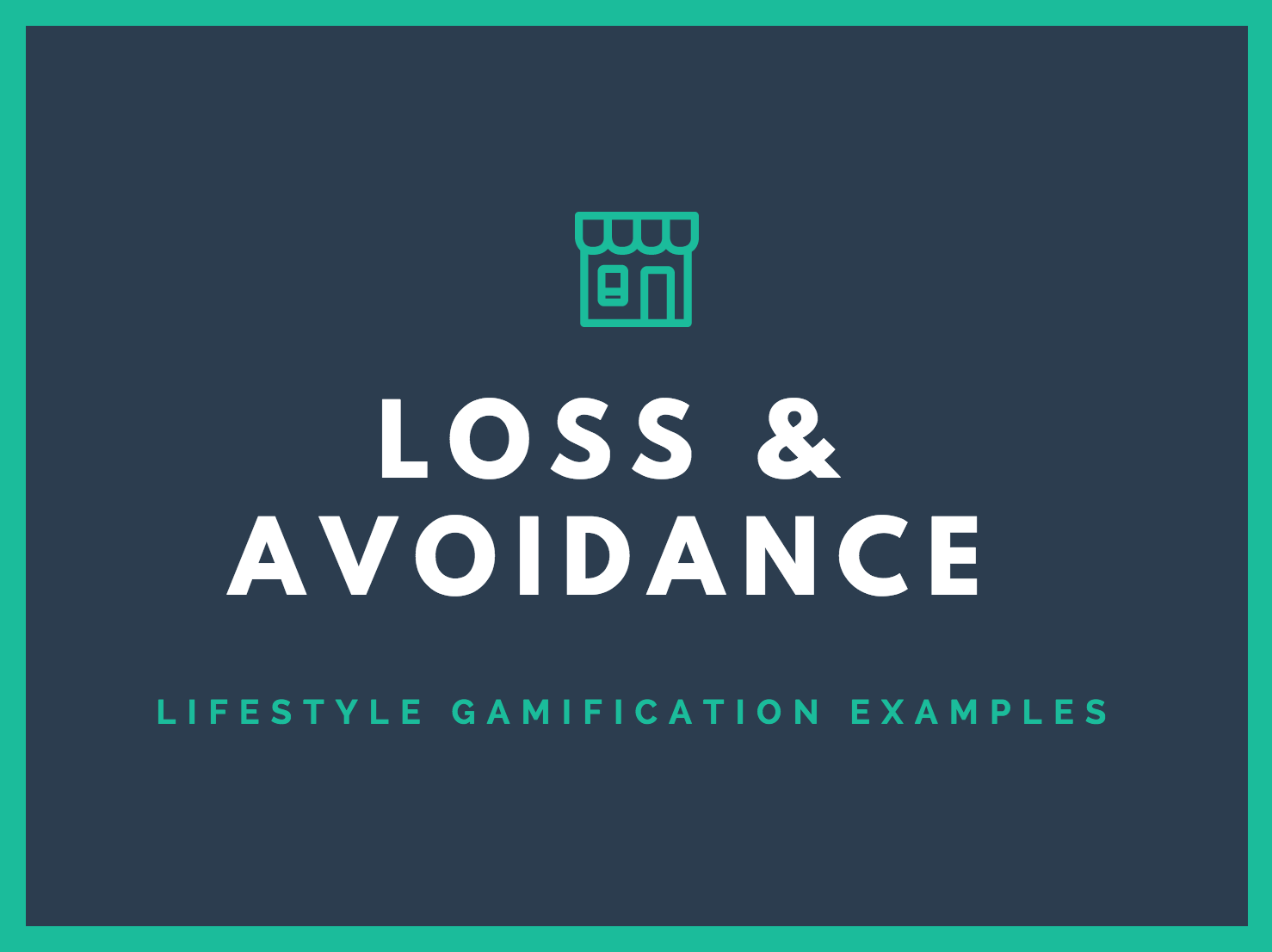
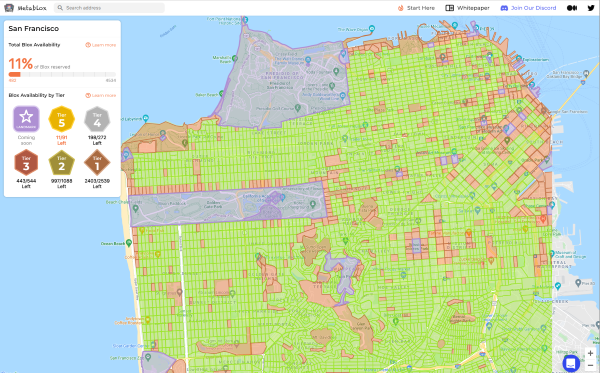
One response to “Points, Badges, Leaderboards – Part 3 of 3”
A leaderboard should make all your users feel urgent optimism.